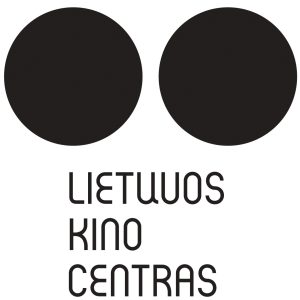Vilnius Poker
“Vilnius Poker” at MO Museum – a part of a very special occasion of the 700th anniversary of Vilnius!
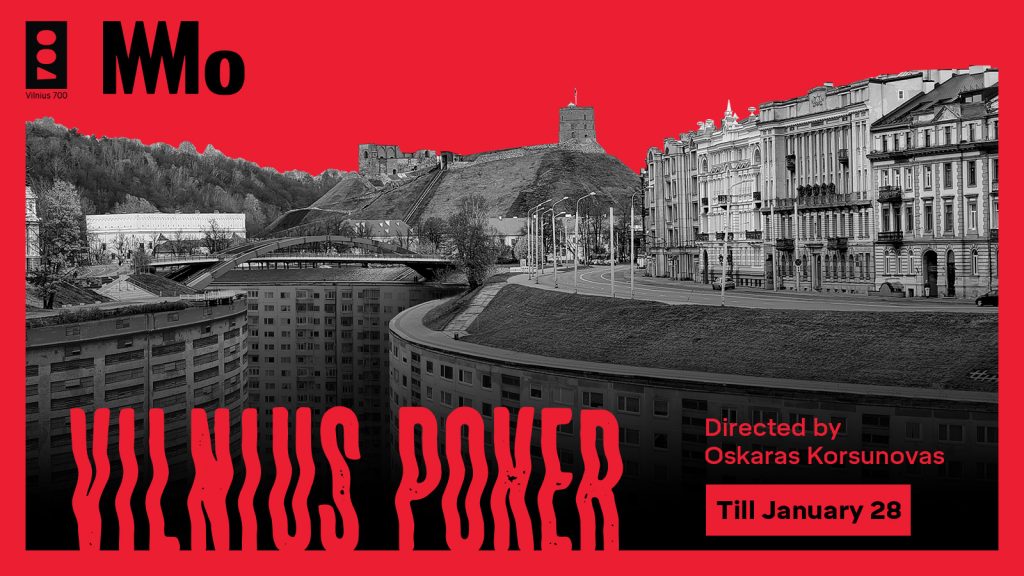
Ričardas Gavelis’ book “Vilnius Poker” is up to this day referred to as one of the most important texts written in Vilnius. On the occasion of the 700th anniversary of Vilnius city, the challenge to visually rethink “Vilnius Poker” was accepted by one of the most creative and innovative personalities in Lithuania’s theatre scene – director Oskaras Koršunovas and set designer, artist Gintaras Makarevičius.
For many this book has become a symbol of liberation from the Soviet era and a symbol of creative freedom, that deconstructed the Soviet reality, and was not afraid to have an opinion about jazz, architecture, arts, urban anthropology and multiculturalism. The collection of MO Museum and documentaries of various periods reveal the rebellious and silenced spirit of the period.
Please note, the exhibition contains dark spaces, flashing lights, and works of sensitive content for children.
About the exhibition
“Anything is possible in Vilnius,” Ričardas Gavelis wrote in Vilnius Poker.
This work is still considered one of the most important texts about Vilnius, and on the occasion of the 700th anniversary of Vilnius, it will be visually reinterpreted at the MO Museum. Vilnius is not only the setting of the novel, but it itself becomes the protagonist. Thus, the exhibition Vilnius Poker at the MO Museum not only celebrates the history of Vilnius, but also takes a critical look at the experience and future of the modern city.
The character of Vilnius, created by Gavelis, is interpreted by director Oskaras Koršunovas, set designer Gintaras Makarevičius and exhibition curators Dovilė Barcytė and Algė Gudaitytė.
Discover Vilnius as the capital of creative rebellion at the MO Museum until 28 January 2024!
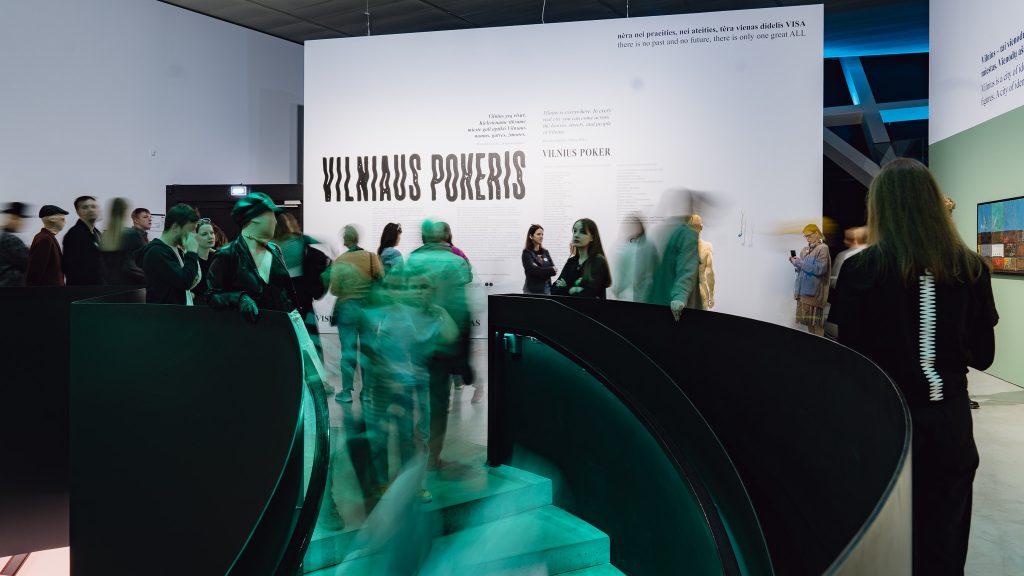

The importance of Vilnius Poker for Vilnius
Published in 1989, Gavelis’ Vilnius Poker is not only a comprehensive deconstruction of the collapsing Soviet system, but also one of the first Lithuanian books dealing with the city and its citizens. Vilnius is one of the most important characters here. Through the prism of the city, the novel reveals the search for national and cultural identity. There is no single truth, no single storyline or answer, which is why Vilnius Poker can be considered one of the first works of postmodern Lithuanian literature.
The novel is still relevant today. It’s a great opportunity for foreign visitors to look behind the Iron Curtain and for Vilnius residents to see how the city has changed.
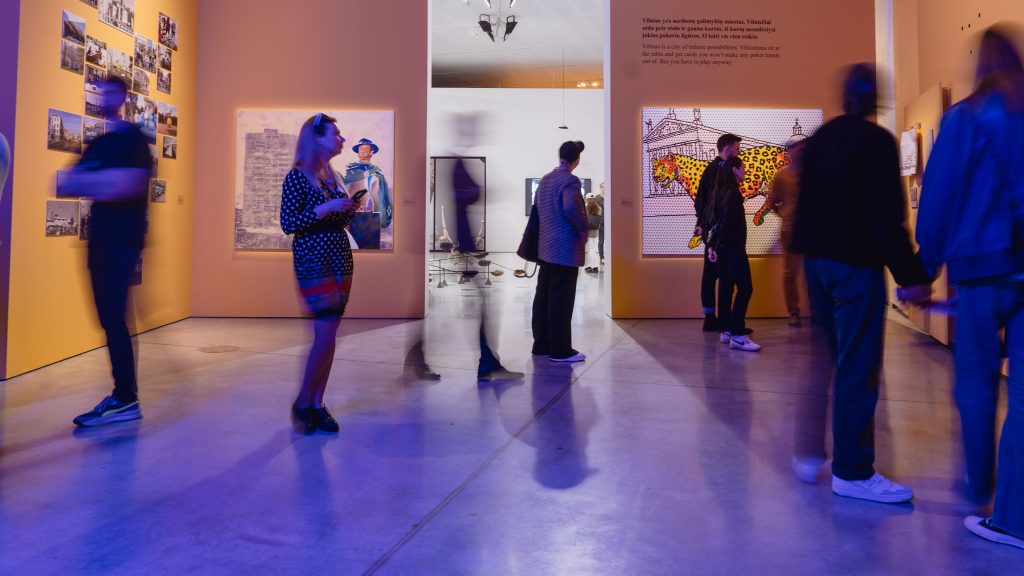
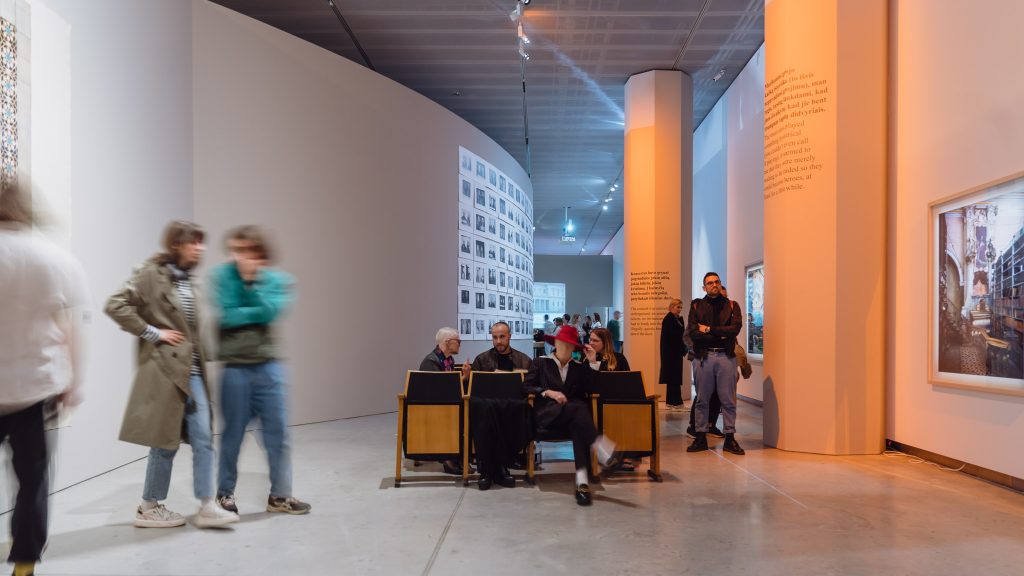
Literature moves to the exhibition hall
On the occasion of the anniversary of Vilnius, Gavelis’ Vilnius Poker was not accidentally chosen as the starting point for the exhibition at the MO Museum. The time depicted in the novel and the year of the novel’s publication are important factors in shaping the exhibition.
The novel is set in the late Soviet era, which is the time of the most vibrant work of the authors who make up the bulk of the MO Museum’s collection. Therefore, the social, political and cultural issues of the time, as well as the life of the city of Vilnius and its inhabitants, are reflected in the artists’ works. The MO Museum collection also includes art that was ideologically unacceptable in the Soviet Union. It is also one of the many themes linking the collection to the forthcoming exhibition.
In the exhibition, director Oskaras Koršunovas, artist Gintaras Makarevičius and curators Dovilė Barcytė and Algė Gudaitytė pose the question – what kind of a character is Vilnius nowadays, and as what kind of character do we imagine it in the future? As in Vilnius Poker, there is no one right answer. In the exhibition, the visitor will experience one of the most remarkable phases in the history of the city of Vilnius, which contributed greatly to the Vilnius we see today.

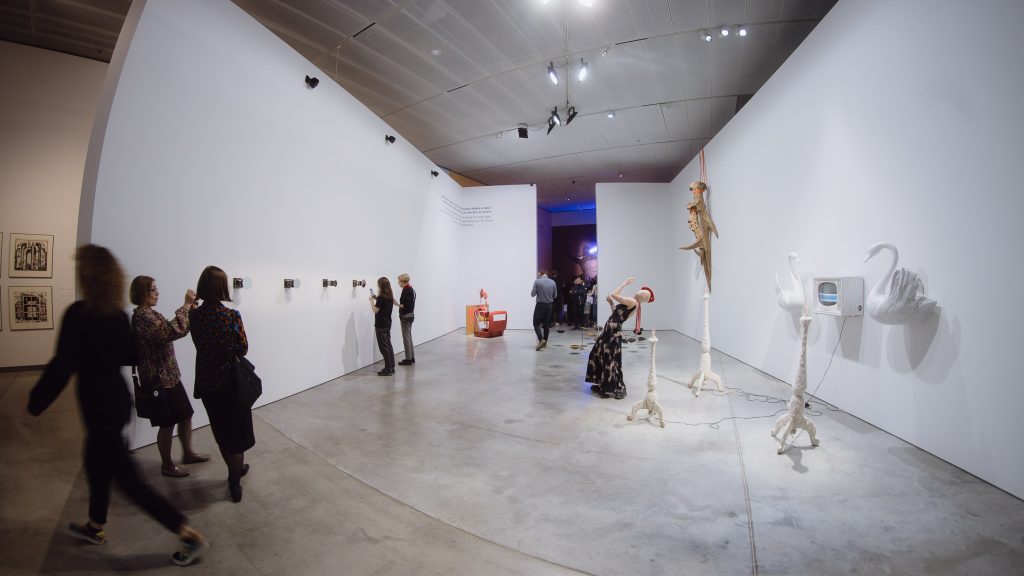
Exceptional creators for an exceptional exhibition
The exhibition is curated by one of the most prominent and innovative personalities in theatre – director Oskaras Koršunovas, and the exhibition’s architecture is designed by stage designer and artist Gintaras Makarevičius.
With his critical, sharp and topical works, the Lithuanian and internationally renowned director Koršunovas staged his first play “There to be Here” in Vilnius in 1990. This play started a completely new phase in the history of Lithuanian theatre and reflected the reality of the time of Gavelis’ Vilnius Poker through the absurdity lens. Makarevičius often remains a man behind the camera, observing real or fictional groups of society. He pierces the veil of reality in the theatre, creating sets for plays.
At the MO Museum, the duo, together with exhibition curators Dovilė Barcytė and Algė Gudaitytė, are looking for unconventional and immersive solutions. Visitors to the exhibition will thus become both spectators and participants. The exhibition-total installation will show Vilnius residents the city from the recent past, and reveal the unprecedented face of Vilnius to visitors from abroad.
Exhibition Team
Exhibition Director – Oskaras Koršunovas
Scenographer – Gintaras Makarevičius
Curators: Dovilė Barcytė, Algė Gudaitytė
Exhibition Designer – Liudas Parulskis
Exhibition Composer – Antanas Jasenka
Consultants: Jūratė Čerškutė, Laima Kreivytė, Gintautas Mažeikis, Kasparas Pocius, Almantas Samalavičius, Vladimiras Tarasovas
Artwork used for the visual – Liudas Parulskis, Our Vilnius, 2023
List of Artists
Valentinas Antanavičius (1936), Žygimantas Augustinas (1973), Arūnas Baltėnas (1956), Aidas Bareikis (1967), Kostas Dereškevičius (1937–2023), Antanas Dubra (1987), Nerijus Erminas (1976), Vincentas Gečas (1931–2020), Kęstutis Grigaliūnas (1957), Almantas Grikevičius (1935–2011), Marius Ivaškevičius (1973), Evaldas Jansas (1969), Matas Janušonis (1994), Vytautas Kalinauskas (1929–2001), Tauras Kensminas (1991), Dainius Liškevičius (1970), Vitas Luckus (1943–1987), Gintaras Makarevičius (1965), Ieva Martinaitytė-Mediodia (1968), Rimantas Milkintas (1977), Orūnė Morkūnaitė-Gibavičienė (1972), Henrikas Natalevičius (1953), Audrius Novickas (1968), Raimondas Paknys (1954), Liudas Parulskis (1971), Igoris Piekuras (1935–2006), Artūras Raila (1962), Eglė Rakauskaitė (1967), Eglė Ridikaitė (1966), Marija Teresė Rožanskaitė (1933–2007), Šarūnas Sauka (1958), Mindaugas Skudutis (1948), Raimundas Sližys (1952–2008), „Solo Ansamblis“, Rūta Spelskytė (1985), Aloyzas Stasiulevičius (1931), Algirdas Steponavičius (1927–1996), Arvydas Šaltenis (1944), Šarūnas Šimulynas (1939–1999), Vytautas Tomaševičius (1972), Teodoras Kazimieras Valaitis (1934–1974), Romanas Vilkauskas (1949–2018), Mikalojus Povilas Vilutis (1944), Kazimiera Zimblytė (1933–1999), Gintaras Znamierowski (1970), Gediminas Lapė (1966), Algimantas Kunčius (1939), Paulius Kilbauskas (1976), Eugenijus Sabaliauskas (1973).
Exhibition presented by

The exhibition is dedicated to the 700th anniversary of Vilnius.
Major Partners



Exhibition Partners


